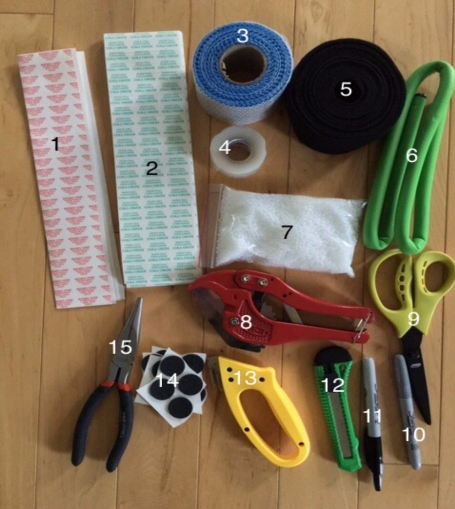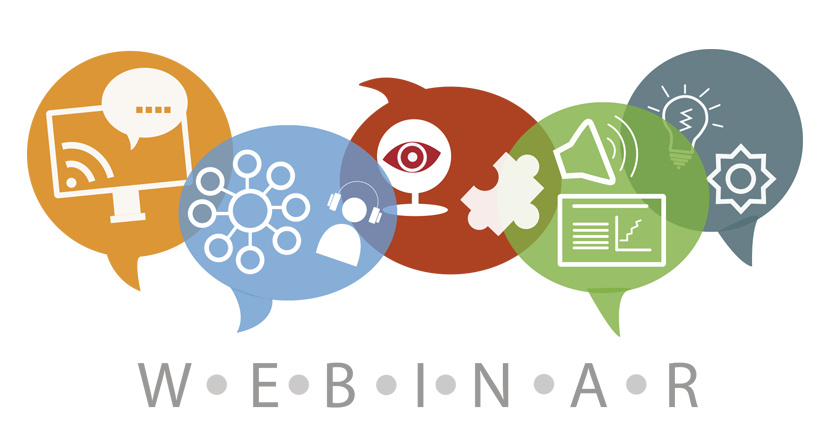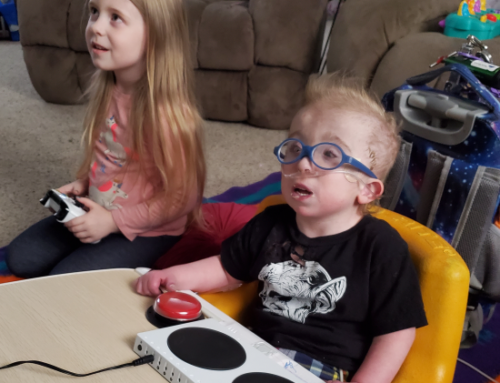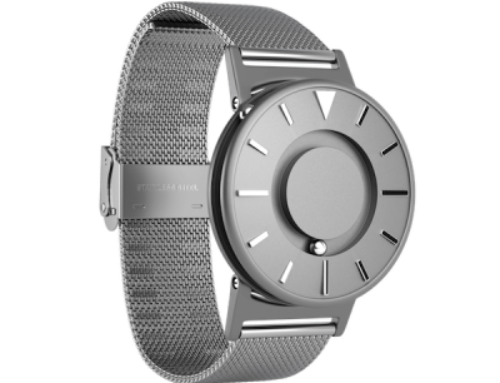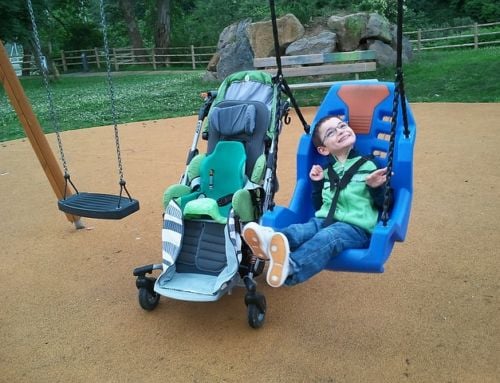AT Making for Early Intervention and Young Children
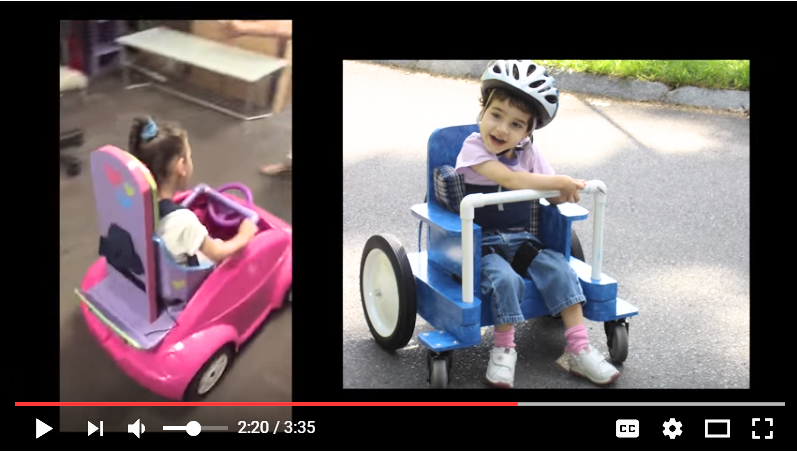
AT makers are empowering young children to get upright and active!
Perhaps you’ve seen the videos circulating on your social media feed: tiny kids zooming around in homegrown mobility equipment, defying assumptions for what children with gross motor impairments and/or multiple disabilities can and will want to do? The videos make a strong impression, likely because we’ve grown accustomed to seeing children staring up at the sky from specialized strollers.
Our kids deserve better.

Bumbo wheelchairs are all the rage on YouTube. Video credit: Robert Harding via Instructables.
The AT maker movement is empowering very young children to get upright and active. It’s a movement within assistive technology more broadly, and AT making specifically, that’s worth watching. In general, device innovations for seating and mobility have exploded in recent years and they challenge conventional notions for what it must mean to live with paralysis and other disabilities. Insurance, of course, is slow to get onboard with expensive new products. Makers to the rescue!

Adaptive Design Association mobility creations. (Video Credit: the John D. and Catherine T. MacArthur Foundation.)
As with most AT maker efforts, this one is motivated by the opportunity to provide affordable, customized, just-in-time equipment. After all, evaluations and insurance paperwork, denials and appeals feel defeating compared with simply building and providing exactly what a baby, toddler or young child can use now. The satisfaction of teaming with a family to make something unique can far exceed the experience of trialing equipment and documenting progress to justify a purchase, especially since insurance delays can have developmental consequences. Conversely, AT makers also help prove to insurance that a child is ready for a commercially available product (for example, this joystick-controlled device that Grand Valley State University students created for a child with type I spinal muscular atrophy).
Within our network of State and Territory AT Programs, there are several initiatives that incorporate AT making for early intervention and young children. AT3 News and Tips will spotlight these over the next few posts, including Adaptive Design Greater Philadelphia; GoBabyGo in multiple states; FabricATe in Delaware and Up and Go! in Arizona. The projects are diverse in their approaches and partnerships, but share a common purpose: to support the cognitive, social and motor development of youngsters by building (or adapting) what they need … and then getting out of the way!
Monthly Blog Digest
Search the blog
State AT Program Blogs
California
Florida
Indiana
Kentucky
Louisiana
Maryland
Massachusetts
Michigan
Montana
North Carolina
North Dakota
Utah
State AT Program Blogs
The AT3 Center, the Association of AT Act Programs (ATAP), and the Administration on Community Living (ACL) make no endorsement, representation, or warranty expressed or implied for any product, device, or information set forth in this blog. The AT3 Center, ATAP, and ACL have not examined, reviewed, or tested any product or device hereto referred.

